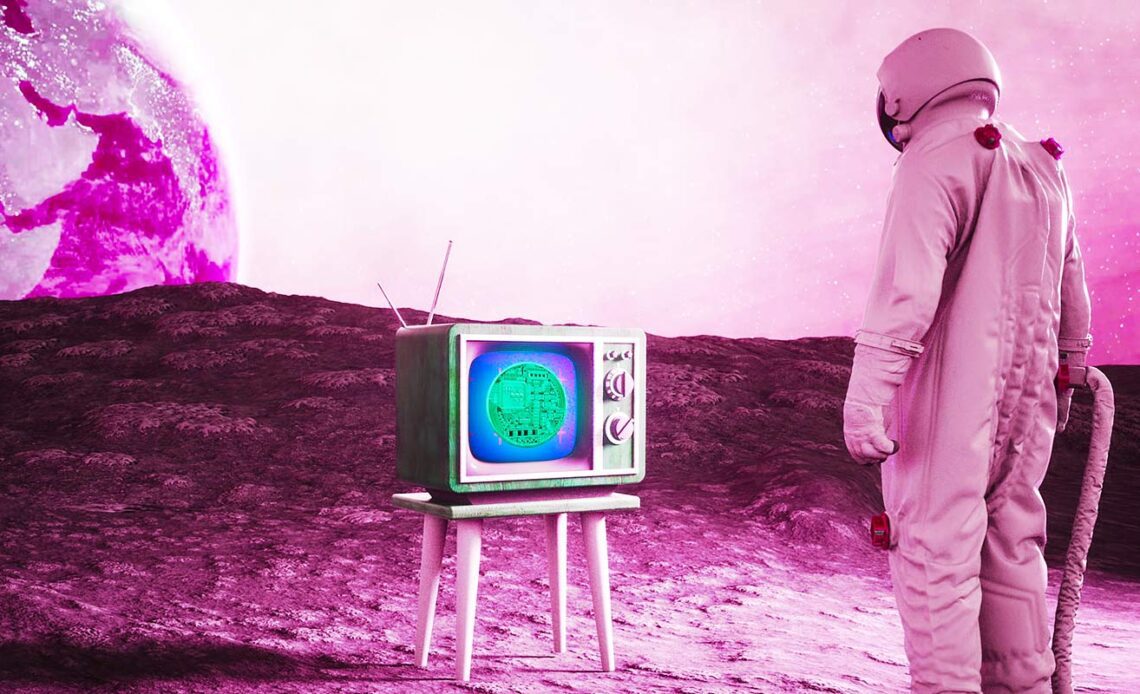HodlX Guest Post Submit Your Post
The gaming industry has come leaps and bounds since the introduction of the Magnavox Odyssey back in 1972.
We have progressed through Web 1.0, Web 2.0 and are now entering the new age of the internet with Web 3.0 and with the evolution of the internet comes the evolution of gaming.
Blockchain technology has revolutionized the gaming industry, bringing transparency to games and complete ownership to players something that was always missing in Web 2.0 gaming experiences.
We have seen many Web 3.0 games and publishers get the green light from venture capitalists and investors, such as Fenix Games and BLOCKLORDS, as the technology gets recognition outside the realm of finance.
Over the last few years, most Web 3.0 games have boasted the play-to-earn model, where players earn tokens, or in some cases NFTs, which can be sold on the open market for real gain.
While this has done some good by giving those in less fortunate circumstances to earn a living, the execution of most P2E games has been poor from a tokenomics standpoint, leading to an unsustainable growth model, and exponentially devaluing the tokens earned.
When a financial incentive is added, the motive behind playing and the experience of playing the game are drastically changed, moving everything away from fun which is why we play games in the first place.
This is where play-to-own shines.
What is play-to-own
P2O (play-to-own) is another Web 3.0 gaming model, which is much better aligned with the intention of Web 2.0 games.
With a focus on longevity and fun, play-to-own games encourage players to hold onto their in-game assets, using a range of game mechanics that give assets unique and dynamic traits that depend on the actions of the player.
The result is that any one player’s experience is different from the next and gives real value to the time and effort invested.
This is something that is missing in Web 2.0 games even though you can obtain items and level up characters, as a player, you do not own them, and they can be taken away from you as fast as you can log in.
Creating a gaming ecosystem where unique experiences can be harbored and owned by the players brings us one step closer to the perfect gaming experience.
The play-to-own model essentially utilizes Web 3.0 technology in a way that brings the focus back on fun while also keeping all the draws of Web 3.0 gaming intact.
Which is better
Click Here to Read the Full Original Article at The Daily Hodl…
























